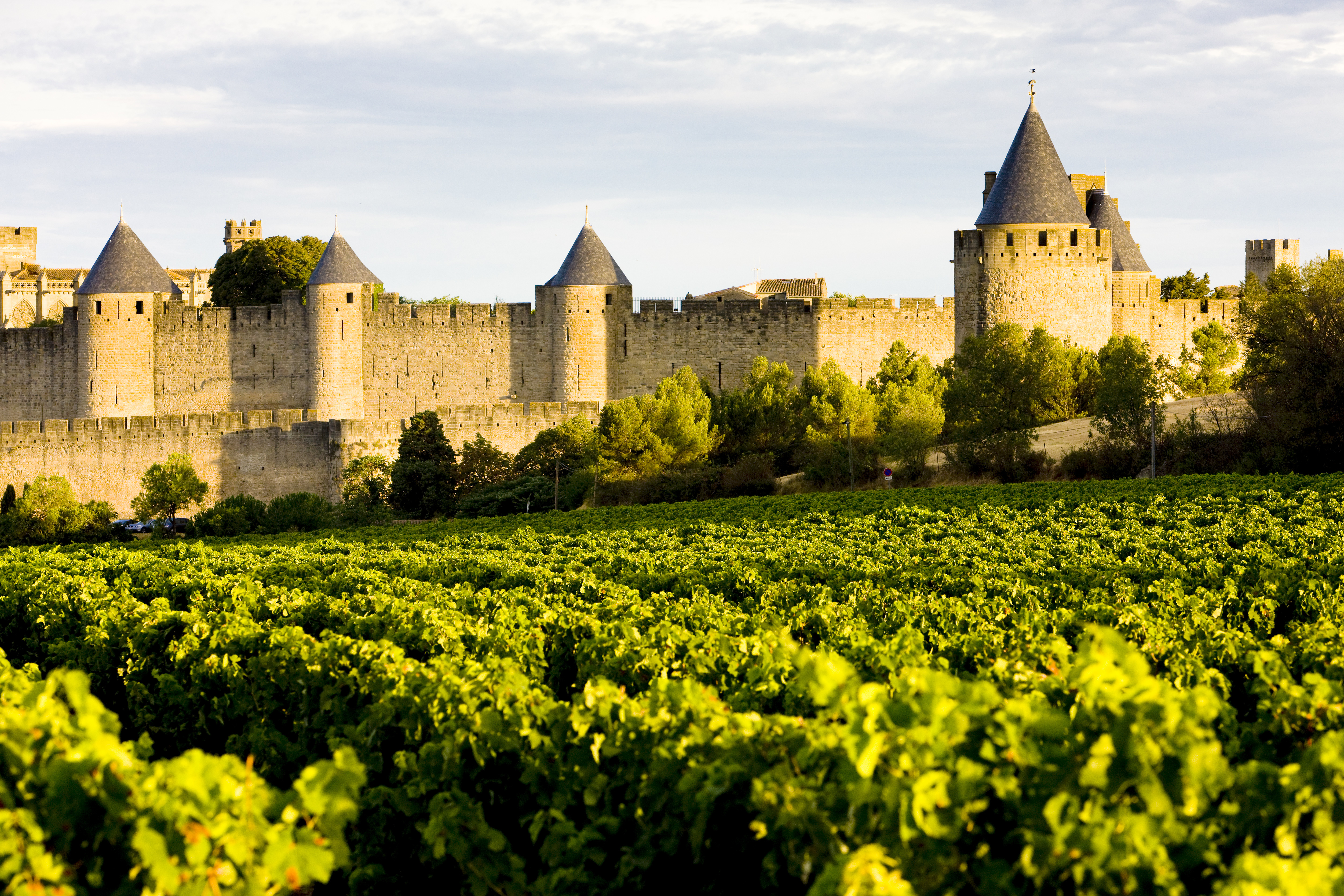The Languedoc-Roussillon region of France is a strange crossroads of wine blends, ancient politics, and relatively inexpensive wine for the high quality shopper on a budget. It is even said that the sparkling wines of this region actually predate Champagne (not to mention they are a fraction of the price, sometimes a fraction of a fraction).
Much like the rest of the south of France, the Languedoc focuses on red, Rosé, and white blends, but it isn’t uncommon for a single varietal wine to be produced. Sweet wines have a home in the Languedoc as well, both red and white varieties. Banyuls is a well known sweet wine based on Grenache, and in the Maury appellation, the late-harvest Grenache wines have been known to age up to a hundred years.

The Languedoc also shares a deep history dating back to the Greeks who planted some of the oldest vineyard sites, sharing that acclaim with the neighboring Provence region.
That isn’t the only thing the Languedoc shares with Provence. Obscure grapes are a point of interest, some varieties dating quite far back, and the major players of the region look quite similar to Provence and the Rhône too.
The simplified list of reds are as follows (be mindful there are quite a few more):
- Grenache
- Syrah
- Mourvèdre
- Cinsault
- Carignan
- Cabernet Sauvignon
- Merlot
For (more recognizable) whites you will find:
- Grenache Blanc
- Muscat
- Marsanne
- Clairette
- Vermentino
- Chardonnay
- Viognier
- Sauvignon Blanc
While this is only the short list, it is worth noting that the Languedoc-Roussillon is the largest wine growing region on the planet. With all that space to plant upon, there are a number of lesser-known and obscure grapes to be found scattered about.

Furthermore, there are a number of sub-appellations that may not be recognizable to most American consumers. That said, here is our short list of notable sub-appellates to look for on the labels:
- Languedoc (formerly Coteaux du Languedoc – good to know if you happen to find yourself at a vintage wine auction)
- Costières de Nïmes (sometimes a Rhône region, sometimes a Languedoc region – there is a bunch of back and forth on this)
- Faugères
- Corbières
- Limoux (this is the region historians believe created sparkling wine before Champagne – sparkling wine dominates the areas production)
- Minervois
- Banyuls & Banyuls Grand Cru
- Côtes du Roussillon & Côtes du Roussillon-Villages (named villages include: Caramany, Lesquerde, Latour de France, and Tautavel)
- Maury
- Muscat de Rivesaltes

We will end this article, and the first round of the Understanding AOC series by illustrating what we find to be a fascinating fact: while not much Languedoc wine can be found at your local boutique wine shop in the US, and attempting to go to the wine aisle of the supermarket for Languedoc wine would be akin to trekking the One Ring to Mordor’s Crack of Doom for many, the Languedoc makes up 5% of the entire world’s wine production. Take a moment to process that. Yes, 5% is a small amount, hell, most people would love 5% interest on a loan due to the perceivable low rate, but think for a moment…the entire production of the world’s wine, all of planet Earth, is done in an area that is 16,490 mi² on a planet that is 196.9 million mi². That means that 0.0084% of the global land mass produces 5% of the world’s wine, and you might’ve never heard about the Languedoc. Feel like you’re missing out? Request some from your local store, see if it can be ordered, or just jump online and use our rough, handy guide to at least order and explore what you can get your hands on from these more notable (accessible) regions.
We hope you’ve enjoyed the understanding AOC series, and we are sure you have questions. Don’t hesitate to reach out to us with any of them at info@chwine.com or leave your question in the comments below using Disqus.
Understanding AOC Series:

